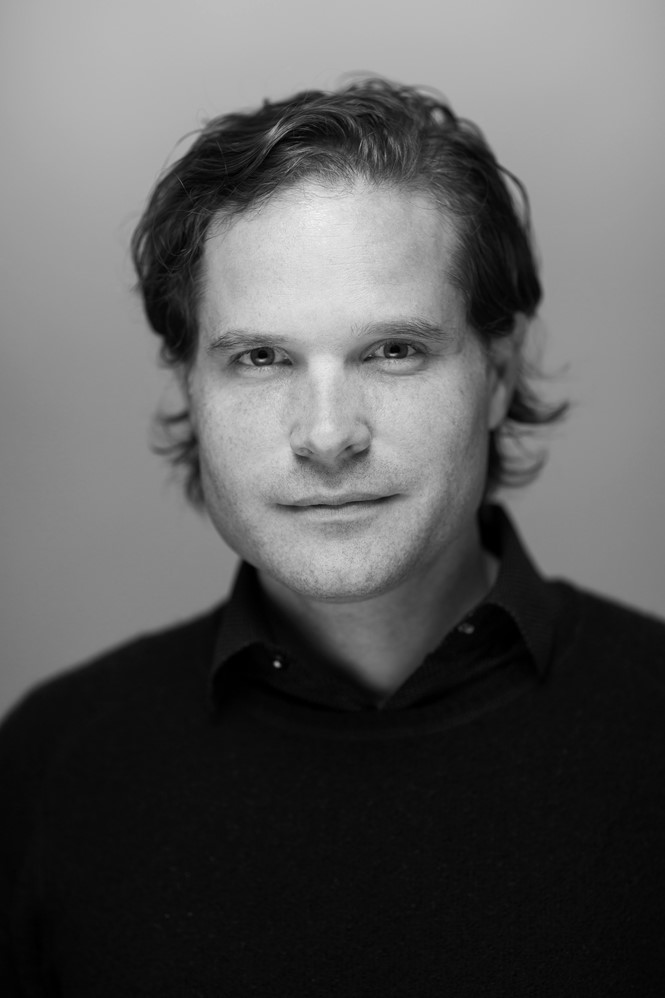Five minutes with Alex Moulton

Trollbäck+Company is a design studio dedicated to building strategic identities, sustainable brands and moving experiences. Chief creative officer Alex Moulton talks about the studio’s work and the challenges in today’s branding world.
What do you think brand experiences that involve motion and sound bring to the table?
We might not think about it, but every consumer touchpoint involves motion and sound. It’s just that most are lacking intention. At worst, the sound may be background street noise and the motion is someone swiping away your message. That’s the painful reality and unintended consequence of not thinking about motion and sound. At its most basic, good branding cuts noise and focuses attention. It’s still a pretty low bar. At its best, smart brands are designing sound, motion and messaging that turn each moment into a more meaningful expression of the brand.
The sum of each of these touchpoints is what actually creates an elevated brand experience. I think that designing a brand experience to be consistently clear and resonant really needs to be designed holistically at the brand level, well before the emphasis is placed on marketing or advertising.
Why is working cross-platform and using motion and sound valuable for brands today?
Every brand now has multiple communication channels that require video, motion, sound and editorial content. The last five years have proven to me that most brand teams aren’t well equipped to tackle this huge change. Most brand managers that I speak to are trying to tackle this tough challenge, and they’re realising they need to design more robust brand systems in order to enable their teams to sustain a high volume of quality content creation.
This cross-platform approach to establishing brand identities that go beyond traditional static media is what Trollbäck+Company and I have been working on for two decades with media and entertainment brands, and our team’s expertise is more relevant than ever. It’s hugely valuable to our non-media clients who now need to think and act like content creators.
How do you decide the best, most suitable way to incorporate motion and sound, without alienating the customers?
Working with media brands for most of my career has shaped my approach to design, and at Trollbäck+Company, I’ve been building strategic methodology with a strong focus on audience. In most cases, I prefer the word ‘audience’ over ‘consumer’ or ‘customer’ simply because it places more emphasis on engagement and interaction. This mindset also helps us plan our approach to motion and sound from the beginning, because we want everything to resonate and have a lasting impact with our audience. We work hard to understand our audience’s needs at the beginning of the process and establish a clear strategy. Then we channel those insights and empathy for our audience into the creative process, which isn’t as easy to put into words. The way we talk about it here is that it’s a constant pursuit of beauty and logic.
You’ve worked with some of the biggest brand names in the business. Can you walk us through a case study and what you did for them?
I think the challenges brought to us by MTV’s international team in Buenos Aires represent a common need that I hear from a lot of global brands, which is a desire to establish a consistent brand identity across every platform, in every region around the world. Using their research and our own audit of MTV’s presence in 45 countries, we were able to get a very visceral understanding of how a unified visual identity system could help elevate each touchpoint, while making the experience of the brand much better for their diverse audience.
From there, we designed a screen architecture and motion language that could travel across mediums and platforms, and would allow each regional MTV creative team to be creatively expressive. We established a new flexible foundation that allows the local teams to ‘kill boring’ by applying on-trend graphic styles that appeal to the audience’s local tastes. I think the result is very elegant but it’s also fun way to carry forward the legacy of MTV for a new generation of young people who interact with the brand in a new way.
For more from Transform magazine, follow us on Twitter @Transformsays












